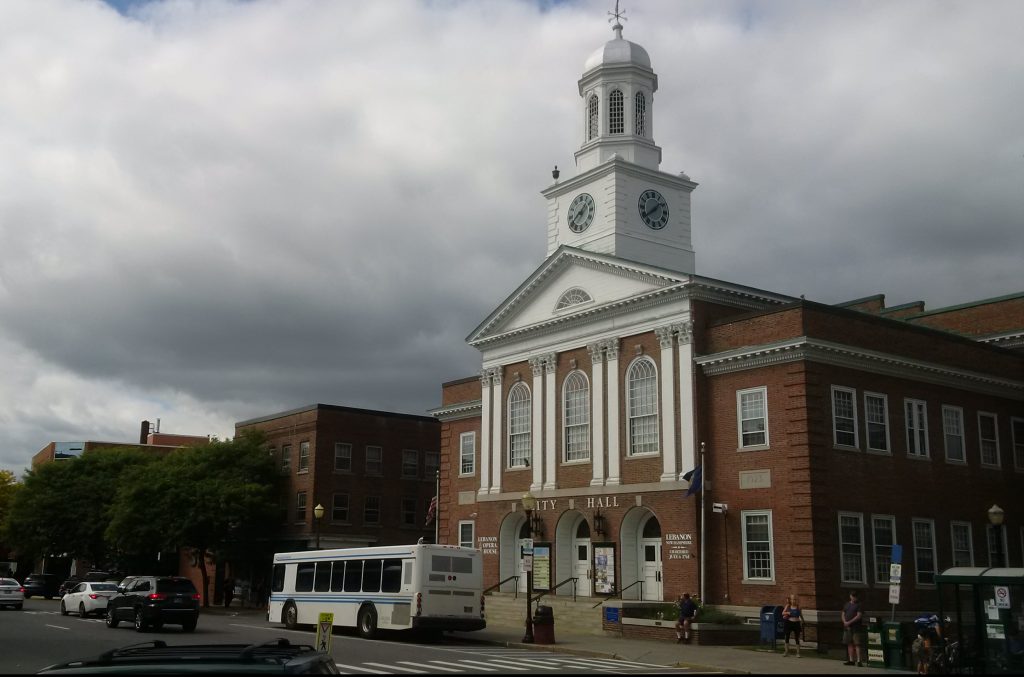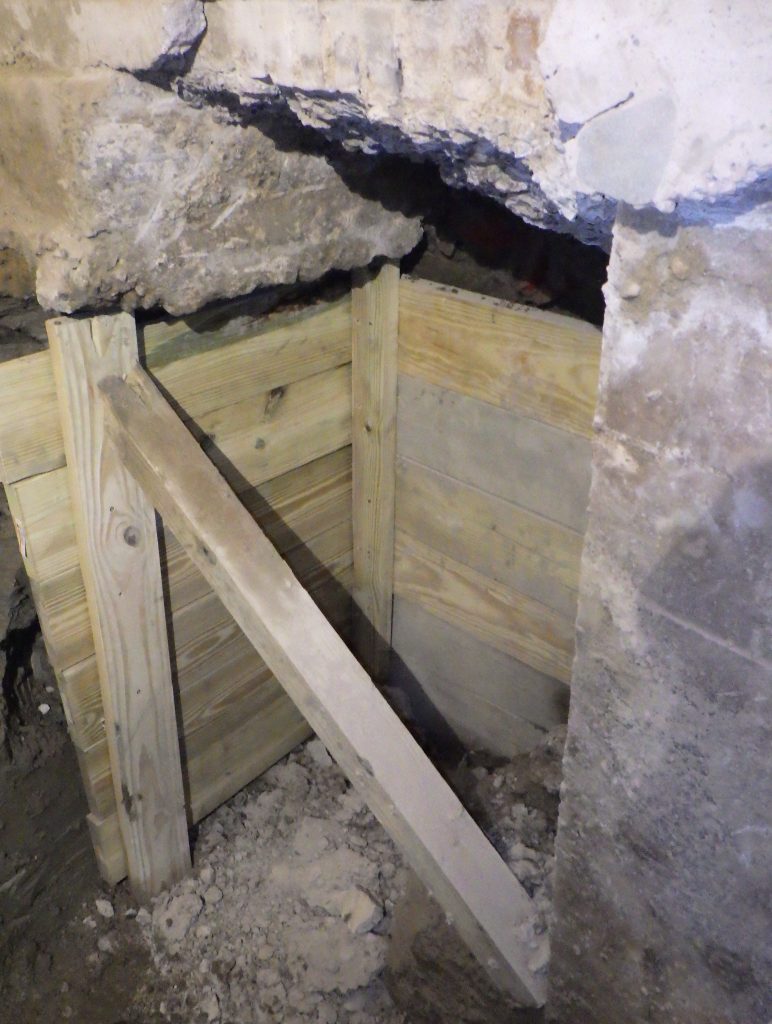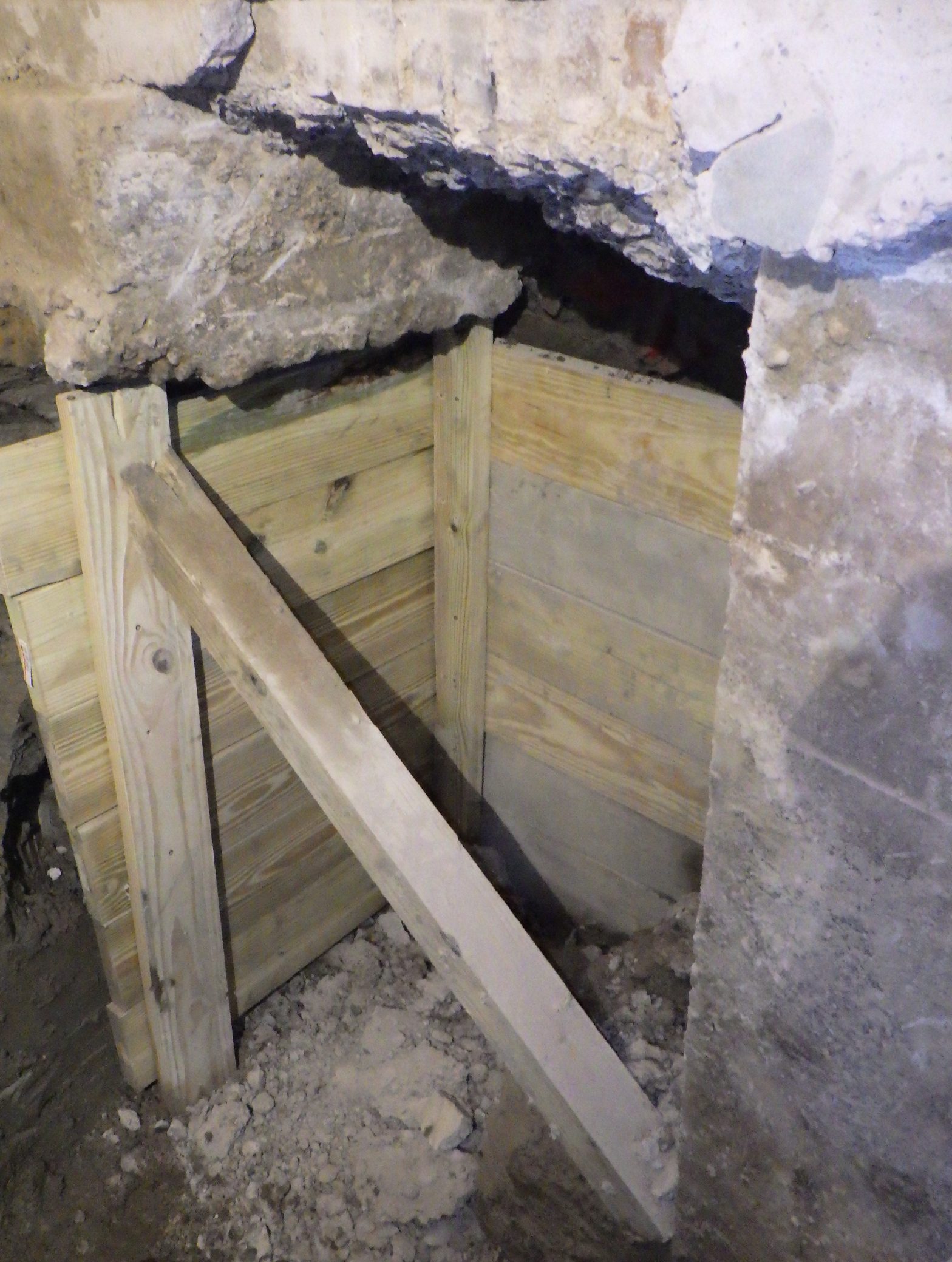 Last week, Lebanon Opera House, the nonprofit arts and culture organization that operates the performing arts venue of the same name, kicked off its celebration of the theater’s centennial with a grand reopening following a multi-million dollar renovation project. The project featured modernized searing, an expanded lobby and improved artist-support spaces, along with an interior design that combines art deco detail and patterns evocative of the theater’s 1920s origins with modern simplicity. With its last significant renovation over 20 years ago, the Lebanon Opera House was in due for an update to bring it into its second century of service.
Last week, Lebanon Opera House, the nonprofit arts and culture organization that operates the performing arts venue of the same name, kicked off its celebration of the theater’s centennial with a grand reopening following a multi-million dollar renovation project. The project featured modernized searing, an expanded lobby and improved artist-support spaces, along with an interior design that combines art deco detail and patterns evocative of the theater’s 1920s origins with modern simplicity. With its last significant renovation over 20 years ago, the Lebanon Opera House was in due for an update to bring it into its second century of service.
As prominent as the opera house is, particularly after the renovation, it is housed within Lebanon City Hall, an active municipal building for a city of about 15,000 people at the core of the Upper Valley region of New Hampshire and Vermont. As a touring musician or theater production sets up for an evening performance, residents may be paying property taxes, obtaining vehicle registrations, or filing building permits one floor below. The building also houses the city council chambers and the offices of the city manager and various city departments.
Lebanon City Hall recently marked its own centennial. It was built as the town hall in 1923, having been preceded by the town’s original meeting house, which was built on the town common – now Colburn Park – in 1792 and was moved across modern North Park Street to the present city hall site in 1849. The original meeting house served the town for 130 years before being lost to fire. The current structure was built in the neo-federal style, featuring a two-story brick masonry gable front and a wood-clad clock tower. It is listed on the National Register of Historic Places as a contributing structure to the Colburn Park Historic District.
A few years prior to the opera house renovation, Lebanon City Hall was extensively renovated in two phases. Phase 1 began in 2019 and included the replacement of the roof and boiler, along with site work. Concurrently, city facilities adjacent to the opera house lobby were reconfigured for use as a new box office and ticket and concession space. In Phase II, city offices and meeting spaces were reconfigured, including circulation changes, insulation was installed, and windows were replaced. Delayed by the coronavirus pandemic, Phase II work lasted through 2020, while city offices were relocated to nearby office buildings.
Richard J. Driscoll, Consulting Engineer provided underpinning specialty engineering to the general contractor, ReArch Company of South Burlington, Vermont, for the second phase of the renovation. Due to the tall theater space and sloping ground surface, the floors in the gable-front portion of the building are offset from the floors in the theater structure, with all being served by a central staircase and a relatively recently installed elevator. The basement, two levels below the theater, was originally accessed from the level of the city offices above. Reconfiguring the city office space necessitated relocating the basement staircase to be accessed from the lower level of the gable front structure. The stairwell would be constructed outside of the basement perimeter, requiring excavation from the lower level adjacent to a bearing wall enclosing the central staircase.
Underpinning a footing for a stairwell can be deceptively simple. Typically, a few concrete underpinning piers are sufficient to support the footing and provide a rough wall for the staircase. However, excavating a stairwell within a building creates other complications. The stairwell excavation must be kept stable on all sides. If the work area is too small or obstructed to prevent sloping the sides of the excavation, the stairwell excavation must be supported on all sides. Coordinating excavation support for a stairwell with narrower pit excavations for underpinning piers can present a disproportionately complex construction sequencing problem.
In the lower level of City Hall, the stairwell was to be constructed in a storage closet below a portion of the central staircase between the main lobby and the lower lobby. The staircase would end at the basement foundation wall and parallel the shallower foundation wall to be underpinned. At the top of the stairs was a short hallway that had to be kept accessible for construction traffic. Opposite the underpinning was a slab on grade supporting the staircase structure above and the lower lobby beyond. While the stairs were generally closed for construction, they had to be maintained.
To limit the volume of the excavation, the underpinning piers could step down, approaching the basement wall, following the slope of the concrete stair formed on a sloping subgrade. This introduced another complication. Intuitively, one might expect to excavate a stairwell from the shallowest point at the top of the stairs. However, a line of stepped underpinning piers must be constructed beginning with the deepest pier excavation so that the excavation for a later pier cannot undermine a completed pier. Therefore, the excavation had to begin from the bottom of the stars through an opening cut in the basement foundation walls. On account of the weight of the underpinned wall and the clay and silt foundation soil, RJDCE specified preloading of the underpinning pier using steel plates and wedges that were surrounded by drypack to form the permanent bearing between the foundation wall and the underpinning piers.

The excavation face opposite the underpinning piers required lateral support and a post for the staircase structure adjacent to the proposed stairwell required vertical support. While temporary sheeting might have been used, it would have required enlarging the excavation so a permanent stairwell wall could be constructed. Doing so would undermine the slab below the staircase post. Instead, RJDCE proposed constructing a protection wall consisting of a stepped concrete pier constructed similarly to the underpinning piers. A protection wall is a traditional method of protecting structures adjacent to an excavation when underpinning is impracticable. Like underpinning piers, a protection wall consists of concrete piers formed in pit excavations to produce a segmental gravity retaining structure. Usually, protection walls can be excavated from above as they are constructed next to rather than below an existing foundation. However, to avoid undermining the existing staircase, the protection wall excavation had to be advanced below the slab-on-grade. RJDCE provided temporary excavation sheeting recommendations in which an approach pit would be excavated within the footprint of the staircase from which the opposing underpinning and protection wall piers could be excavated.
Because the new stairwell is outside of the existing basement, it is exposed to moisture in the surrounding soil. Typically, underpinning piers are not waterproof. Pier underpinning in the presence of standing groundwater is notoriously difficult. Excavating in saturated soil, as was the case below City Hall, greatly increases the effort associated with underpinning as subgrades must be protected from standing water, and sheeting must be installed diligently and monitored for ground loss. Fortunately, upon completion of the staircase slab, the underpinning and the protection wall form an enclosure with the slab bracing the piers against any unbalanced pressure that might occur due to the presence of water. However, the piers had to be detailed to resist moisture intrusion through the joints between piers or between the piers and other elements. In addition, RJDCE developed recommended details for installing a continuous waterproofing membrane on the back face of the underpinning and protection wall piers as well as at joints.
While a small part of the overall project, the underpinning required for Phase II of the Lebanon City Hall renovation presented interesting technical and practical challenges. RJDCE congratulates the City of Lebanon and Lebanon Opera House on the centennials of their respective facilities.
The information and statements in this document are for information purposes only and do not comprise the professional advice of the author or create a professional relationship between reader and author.
